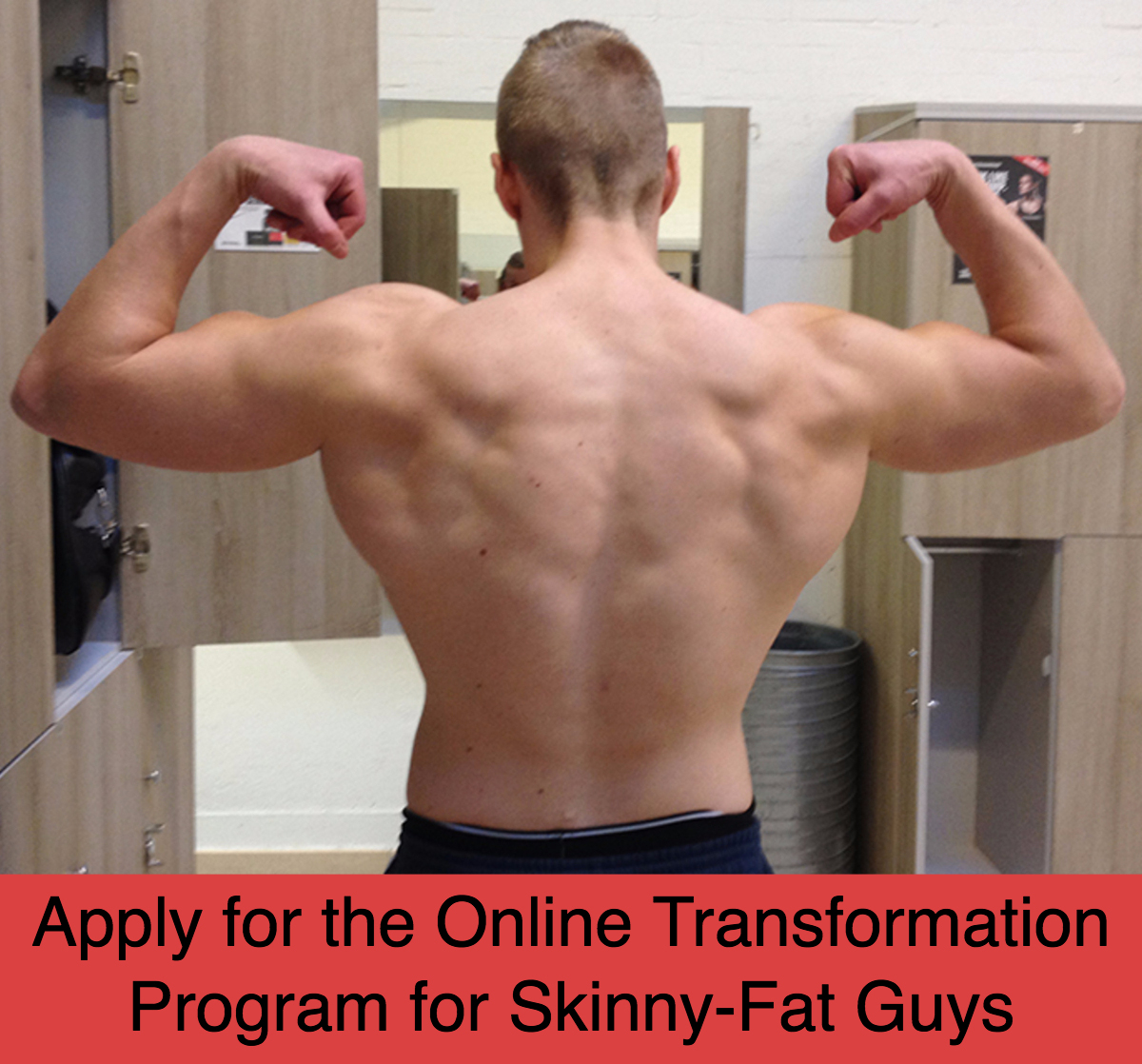 If you can manage to eat meals that resemble those in your diet, then eating out with your friends is no problem.
If you can manage to eat meals that resemble those in your diet, then eating out with your friends is no problem.
If you’re on a good diet plan, it should include a large variety of healthy foods which are available in most good restaurants.
For example, most decent restaurants offer a variety of quality bodybuilding foods: red meat, poultry, fish, seafood, eggs, rice, potatoes and vegetables.
The problem with restaurants is that they add a lot of oil, sugar and salt to their dishes and drinks to make them more palatable.
This addition of oil, sugar and salt greatly increases the Calories of each dish and drink, but also makes you consume more since they’re tastier.
That’s why you overeat when you visit a restaurant – even when you try to order something healthy.
The solution here is to take the extra step and modify your order a bit.
Ask the restaurant to:
- Not add any salt and sugar to your foods and drinks.
- Add a minimum of butter and oil when preparing your foods.
- Put all sauces on the side.
This way you can cut Calories by many dishes by a good 30-50% easily and make them less tasty so you eat less.
(I know, the idea of eating less tasty food in a restaurant isn’t that nice but keep in mind that food is not designed to be so tasty that you overeat. If you eat real food that doesn’t have too much salt, sugar and oils you will not be able to overeat on it unless you force yourself.)
So how about portion sizes? If you’ve been on a diet for a while you should be able to eyeball portion sizes so you have a good idea of how much food you can eat in a restaurant.
The other way to go about it is to simply eat slowly and stop eating before you become overly full.
As long as you eat mostly healthy foods it won’t be a problem.
So how about if your friends or family only want to eat in a place that only offers junkfood?
Then you have the following options:
- Use your cheat meal to eat junk food with your friends once per week.
- Try convincing your friends to go to a restaurant that has healthier food options (perhaps go on a compromise half of the time).
- Eat your own meal from home, then go meet your friends after the meal and do other activities.
- Eat what they eat, however try to get an idea of how many Calories each food has then try to stick to your regular meal Calories. Assuming that you eat 21 meals per week (3 per day), I would say that doing this 4/21 meals per week is OK because it makes up less than 20% of your eating. As a result, you will still eat clean 80% of the time which is good enough for most of us. However if you end up eating this way every dinner it may affect your hormones negatively and thereby slow down progress.
- Decide to just say no because your body-composition goal is important.
I marked the most realistic options in bold.
In other words, you basically want to stick to the diet at least 80% to still continue seeing progress.
If you have 3 meals per day, you have 21 meals per week. This means that you can have some leeway 4 meals per week (including your cheat meal) and still get results, however once you go over that you will start seeing a decrease in performance/results.
You don’t need to be obsessed with your diet 100% of the time to make good progress, but you still need to put in the work 80% of the time.
Be proud but stay hungry!
Oskar Faarkrog, ISSA Certified Trainer
 Read my free 50 page guide "The 2 Phases of a Skinny-Fat Transformation"
Read my free 50 page guide "The 2 Phases of a Skinny-Fat Transformation"